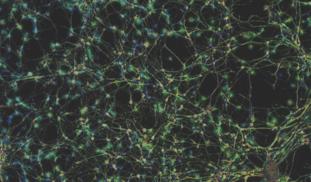Please wait...
About This Project
Prions - infectious proteins - cause fatal, untreatable neurodegenerative diseases. A promising new compound looks like it may be able to delay onset. Will it work against genetic forms of the disease?
Update: we have now raised funding to study this compound in three models of prion disease including a model of Sonia's own mutation, fatal familial insomnia. On our last day we are now fundraising to support our many other projects, described below.
Update: we have now raised funding to study this compound in three models of prion disease including a model of Sonia's own mutation, fatal familial insomnia. On our last day we are now fundraising to support our many other projects, described below.

Browse Other Projects on Experiment
Related Projects
Vision for the future: Understanding perceptual strategies following visual loss
Many people will experience a decline in vision at some point in their life. For many people, this may be...
What is the role of copper and zinc dyshomeostasis in Alzheimer's disease pathology?
Alzheimer's Disease, the 6th leading cause of US deaths, is characterized by amyloid-beta(Aβ) plaques and...
Can people be screened for acute mountain sickness susceptibility?
This project aims to investigate cerebral deoxygenation during exercise in hypoxia in order to highlight...





